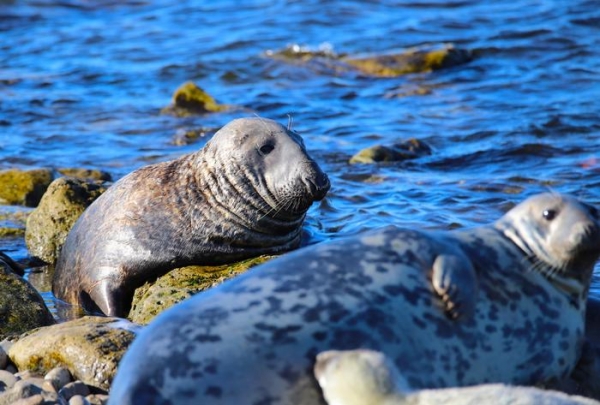Researchers at the University of Gothenburg warn that today's hunting quotas of about 3,000 animals pose a risk to the long-term survival of the grey seal in the Baltic Sea.
Researchers at the University of Gothenburg warn that today's hunting quotas of about 3,000 animals pose a risk to the long-term survival of the grey seal in the Baltic Sea. The conclusions of this new study are based on statistics from 20th century seal hunting and predictions of future climate change.
After decades of hard hunting and environmental contamination by toxins such as PCBs, there were only 5,000 grey seals left in the entire Baltic Sea by the 1970s, falling from an initial size of more than 90,000 at the beginning of the century. Since then, the population has partially recovered, and today stands at around 55,000 animals for all countries combined.
Baltic grey seals are genetically isolated from the closest grey seal populations in the Atlantic. They are generally slightly smaller and, unlike solely land breeding seals found in the British Isles, can give birth to young on both drift ice and on land. The population is now facing new challenges in a world with a warming climate and a shortage of appropriately sized prey fish. Using a mathematical model, the researchers showed that increased seal hunting could cause the population to decline once more.
Read more at: University of Gothenburg
Photo Credit: Daire Carroll




